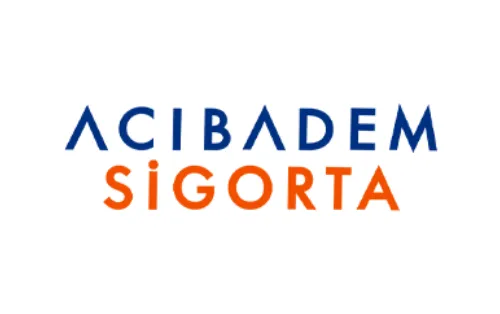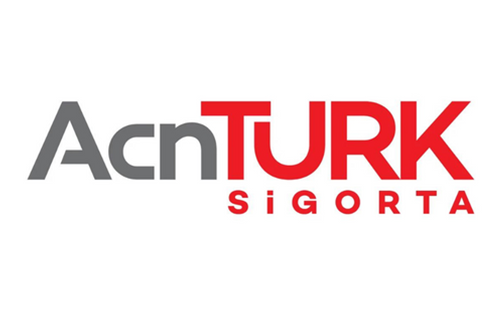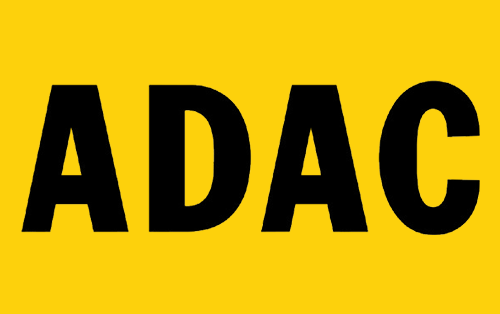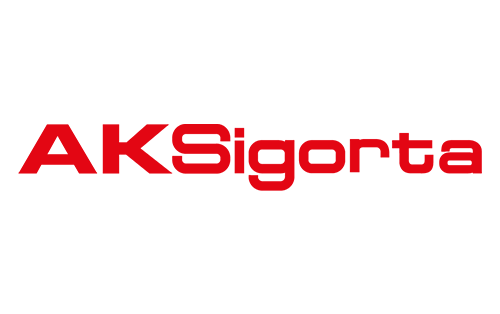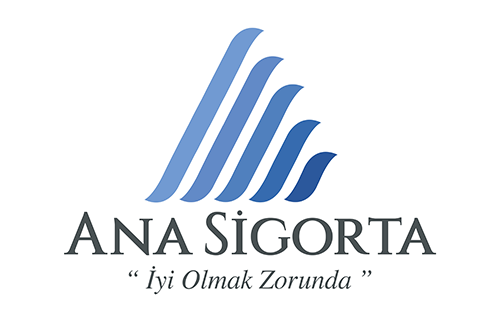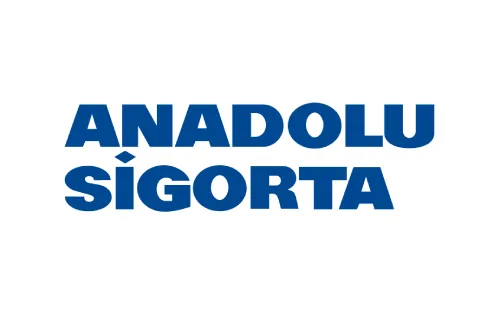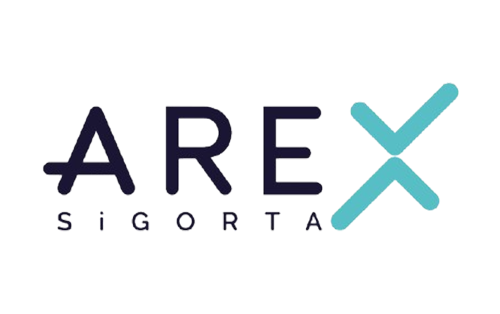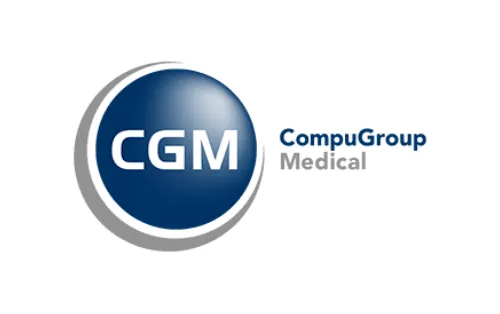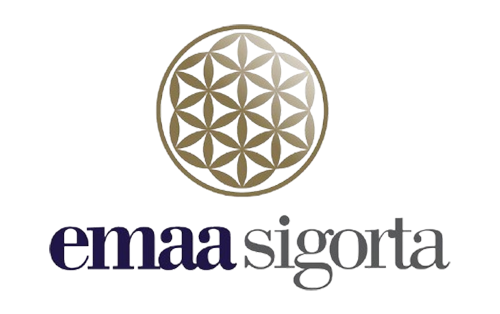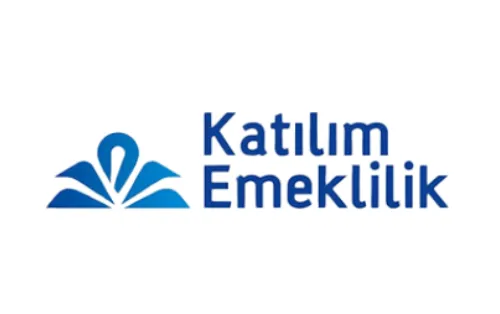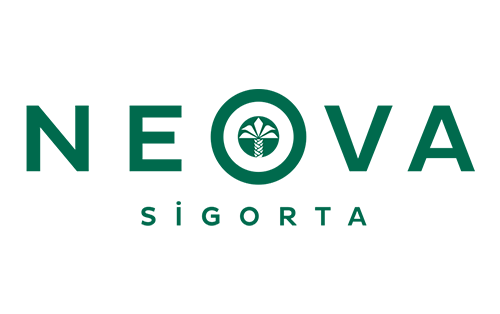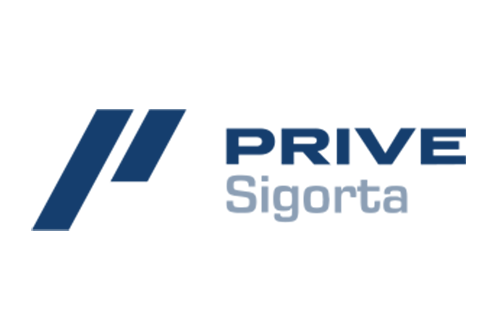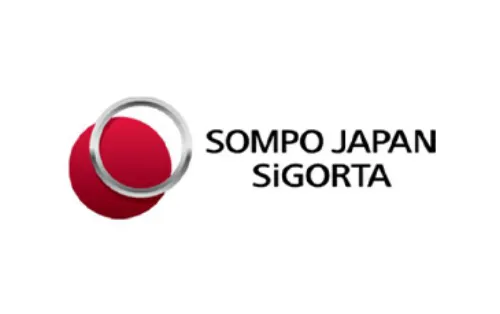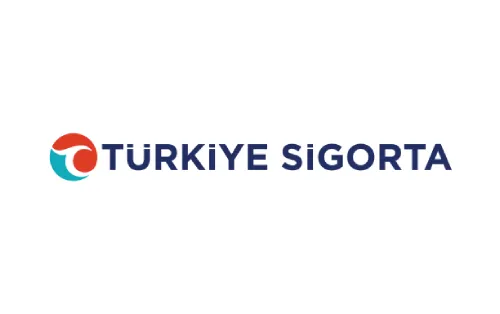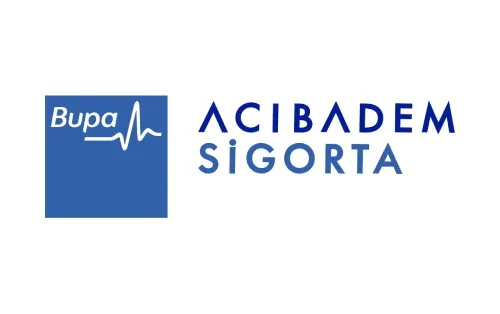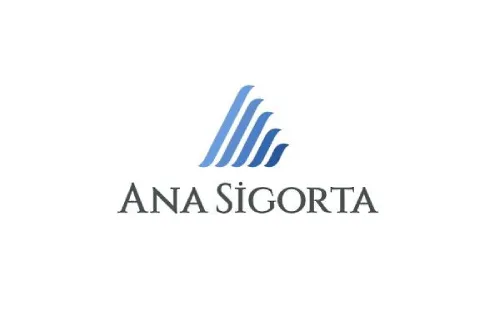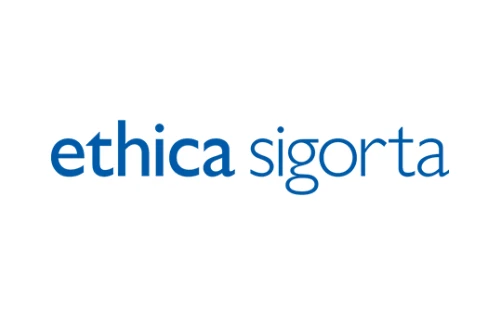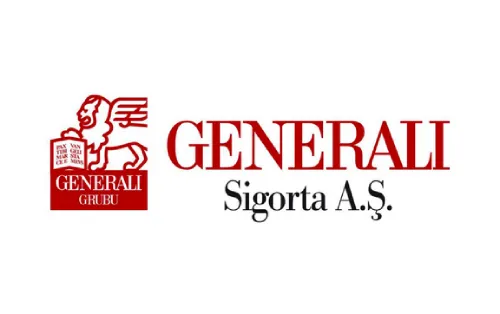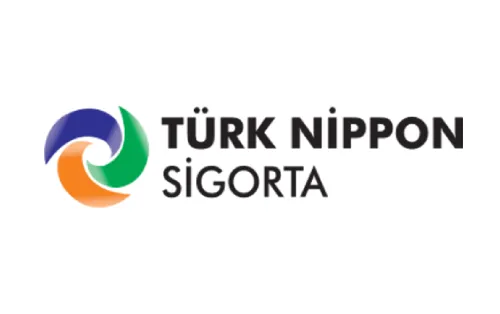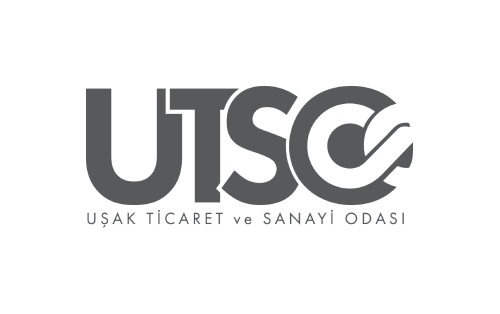Septoplasty is a surgical procedure to correct the bone and cartilage that decouples the space between your two nostrils (septum). When the Septum is crooked, it is known as a deviated septum. A deviated septum can make it difficult to breathe through your nose and increase the risk of sinus infection due to poor drainage.
During septoplasty, your nasal septum is placed in the middle of your nose. This may require your surgeon to cut and remove parts of your gentle septum before reattaching it in the correct position.
A curved septum is common. But when severe, a deviated septum can clog one side of your nose and reduce airflow, making it difficult to breathe from one or both sides of your nose.
Septoplasty corrects the nasal septum by trimming, repositioning, and replacing cartilage, bone, or both. If you are experiencing symptoms that affect your quality of life, such as difficulty breathing through your nose, you may want to consider surgery to correct a deviated septum.
Septoplasty corrects the nasal septum by trimming, repositioning, and replacing cartilage or bone. The surgeon works with incisions inside the nose. Sometimes it is necessary to decipher a small incision between the nostrils.
If the nasal bones are crooked and push the septum to one side, it may be necessary to make cuts to the nasal bones to reposition them. Spreader grafts are small, strengthening strips of cartilage that can be used to help correct a deviated septum when the problem is along the bridge of the nose. Sometimes these are necessary to correct the septum effectively.








